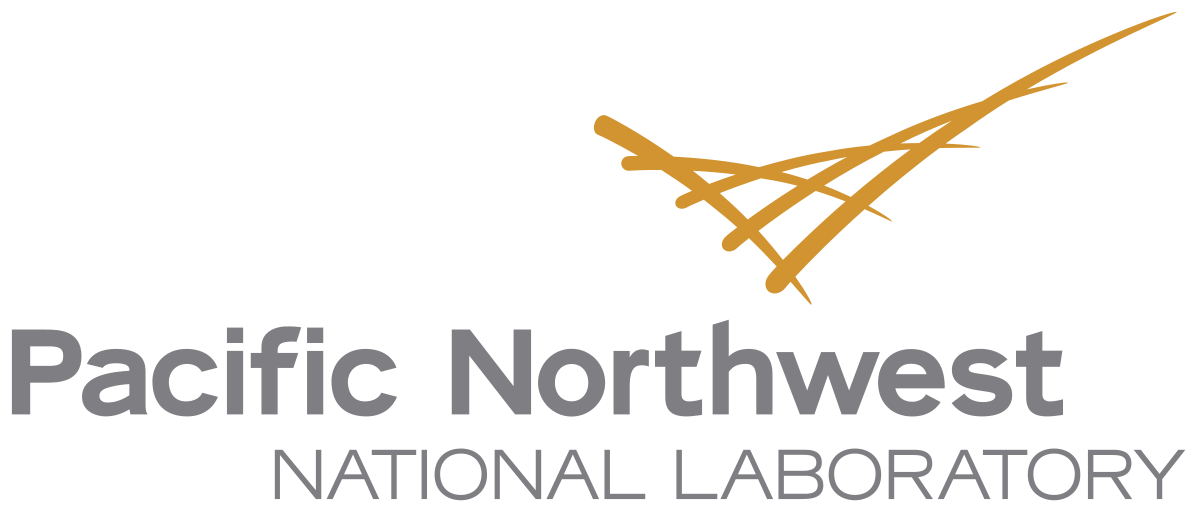
USC Formic Acid (Seedling)
| Project ID | 3f9d9c00-ffcb-455b-bcc7-955fa890dbeb |
|---|
Hydrogen Release from Concentrated Media with Reusable Catalysts
Recipient University of Southern California (PI: Travis Williams)
Abstract High efficiency liquid hydrogen (H2) carriers are an essential link in utilizing H2-based energy storage systems, because these enable storage densities superior to the parent compressed gas. The realization of these requires robust, selective catalytic processes for hydrogenation and dehydrogenation that are simultaneously compatible with the technical demands of enterprise- scale deployment and are cost-sustainable. Catalyst development is an important part of the DOE campaign to realize efficient hydrogen storage, because highly robust and tolerant catalytic systems for hydrogen generation enable flexibility among hydrogen carriers, so that storage systems can adapt to feedstock availability and price in any given geography, economy, or time.
While growing access to renewable H2 makes it an appealing energy carrier, the challenges of it use and transportation require that we address its storage in convenient liquid based H2 carriers. Doing so requires the development of H2 transfer catalysts that must proceed beyond the laboratory/discovery scale. Our long-term goal is to qualify leading dehydrogenation catalysts developed in our laboratories as viable, commercializable systems with mixed LOHCs.
Our project is a collaboration between the Loker Hydrocarbon Research Institute at the University of Southern California and the Chemistry Division at Los Alamos National Lab. Over many years, the Loker institute has been a global leader in introducing technology to enable alternative energy carriers: for example, The Loker concept of the Methanol Economy has framed development of energy technology and policy around the globe. Recent work has resulted in leading systems for on-demand hydrogen production based on common carriers, which positions us well to begin sale-up and process development work. Work at Los Alamos in the areas of H2 storage and release from amine boranes, the hydrodeoxygenation of biomass-derived molecules, and hydrogenation/dehydrogenation has garnered LANL an international reputation in these areas, and has enabled new methods for the manipulation of H2 in chemical systems pertinent to the energy landscape. Together, we possess the requisite skills in catalysis science, reaction and process engineering, and organic chemistry to move forward in this important area. In particular, we have an excellent collective track record in the dehydrogenation and hydrogenation chemistries of a variety of substrates pertinent to the energy arena.
In this EERE sponsorship, we will show highly efficient and robust molecular catalysts for C1- based hydrogen storage. Our work stems from our recent report of the first reusable molecular catalyst for H2 evolution from neat formic acid. This system enables the generation of a clean stream of H2/CO2 through millions of turnovers of formic acid with a medium weight content of 4 wt% H2 at the scale of several mL per pass. The proposed investment will enable studies to (1) demonstrate the scalability and device integration of this and related systems and qualify their reusability outside of the laboratory environment; (2) extend the usability of such system to Liquid Organic Hydrogen Carrier (LOHC) small molecules to blended fuels that can increase the stored H2 density of the medium beyond 4 wt%; and (3) computationally model the chemical steps of dehydrogenation catalysis with our lead, scale-applicable systems to validate and guide new LOHC experiments.
At the conclusion of the project we will have a working prototype for H2 generation based on a formic acid carrier that is free of carbonate base. We will demonstrate its compliance with DOE targets for H2 production rate and purity, and we will prepare integration plans and specifications to bring our system into the DOE HyMARC program.







